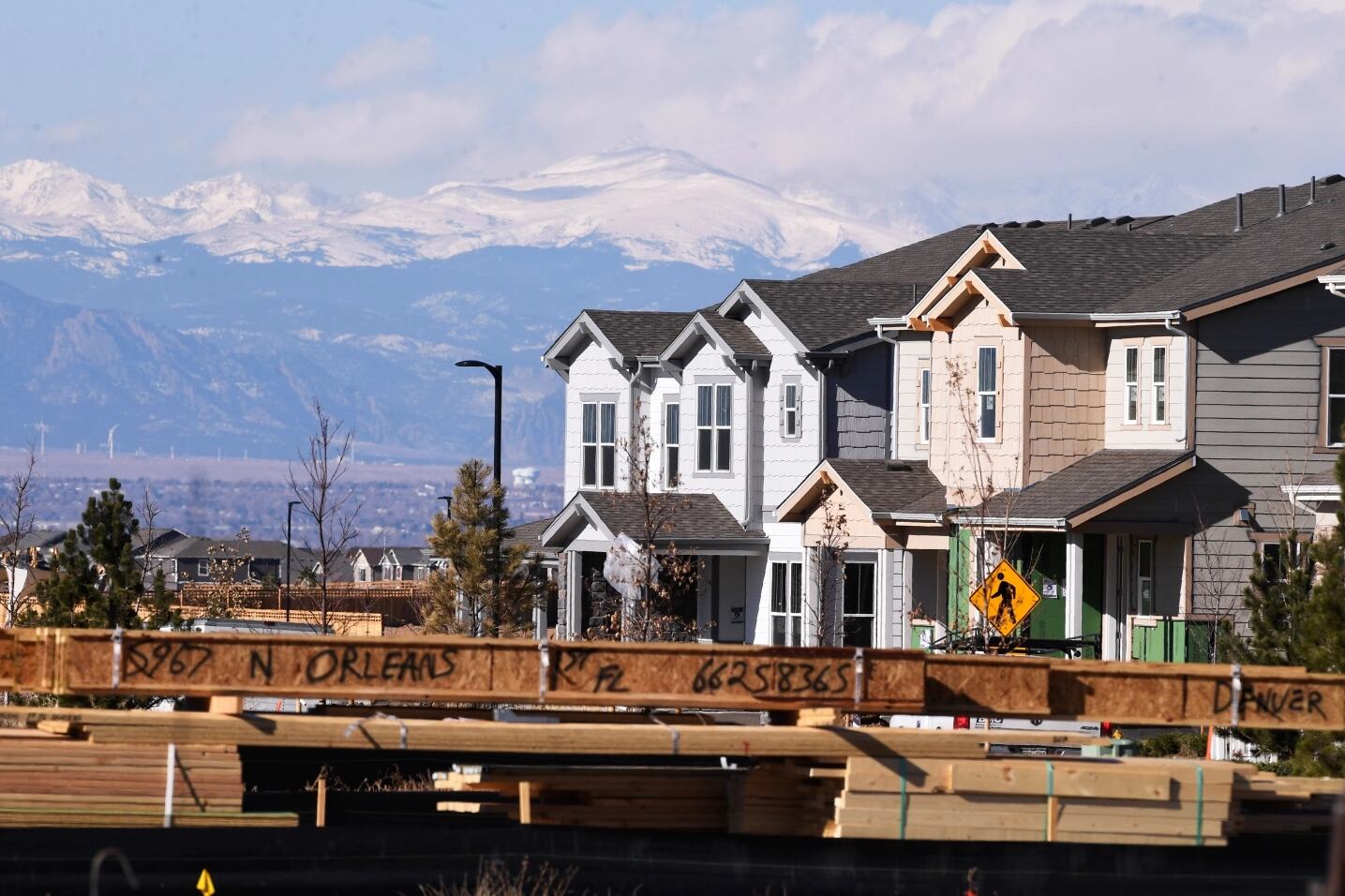Colorado teachers earning average salaries can afford to buy fewer than a fifth of the homes in their school districts — and homeownership is more out of reach in districts with higher wages.
But raising wages alone won’t fix the problem, according to a new report from the Keystone Policy Center that says the government needs to consider new housing policies to help teachers and other middle-income public sector workers live where they work. Potential solutions include downpayment assistance, access to lower interest rates, and community partnerships to build more housing.
The report looks at the relationship between teacher salaries and home prices across Colorado’s 178 school districts. While teacher wages have increased dramatically since 2015, after stagnating for many years after the Great Recession, they’ve been far outpaced by the increase in housing prices and higher interest rates. In many parts of the state, more housing was affordable on a teacher’s salary seven years ago, when wages were lower.
The median teacher salary in St. Vrain Valley School School District north of Denver is $65,000 a year, and just 9% of housing is affordable. Seven years ago, when the median teacher salary was $53,000, almost half the homes in the district were affordable. Teachers fell behind even as the supply of housing in the district increased 13%.
Some districts with lower wages had more affordable housing because the cost of housing was lower too. The majority of housing in school districts on the eastern plains, in the San Luis Valley, and in Pueblo and the Raton Basin is affordable on a teacher’s earnings. In the East Otero school district, average teacher salaries are $45,000 a year and 97% of housing could be considered affordable.
The study draws on Colorado Department of Education teacher salary data, county property assessment records, and interest rates going back to 2007 to look at whether teachers could afford to buy a home in the district where they work. Housing was deemed affordable if a teacher earning the median salary would spend no more than 30% of their income on a mortgage payment, after putting 20% down.
An interactive map allows users to see the median salary and available affordable housing in every Colorado school district for 2007, 2015, and 2021. Users can also set a custom salary and see how much teachers would have to earn to afford most housing.
Van Schoales, senior policy director at the Keystone Policy Center, said he increasingly hears from school districts that the high price of housing is making it harder to hire and hang onto teachers. But most of the focus of the conversation is on teacher salaries, rather than housing policy.
“You need to think about both,” he said. “Even with the increase in salary, it’s not keeping pace.”
Schoales said that if teachers need a high-earning spouse or intergenerational wealth to afford a home, that makes it even harder to attract potential teachers of color or those from low-income families.
The study doesn’t capture all the challenges of buying a home. Market prices might be higher than an assessor’s valuation. Many people struggle to save up for a down payment. Some communities have very little housing at any price.
Nor did the study look at the cost of renting. Phyllis Resnick, who worked on the analysis as the lead economist at the Colorado Futures Center at Colorado State University, said researchers couldn’t find accurate rental data in every school district. That said, she thinks it’s important to highlight the barriers to homeownership, which is a marker of middle-class stability and a key way people build wealth.
“In a lot of these squarely middle-class professions — teachers, nurses, the higher-paid trades, medical technicians — it is pretty much impossible without a second or even third income to afford a home,” Resnick said.
Amanda Cook teaches music in an elementary school in Crested Butte. A full-time single parent to two children, she earns $53,000 a year and pays $2,400 a month in rent. She’d like to make more money but says the district needs to invest in teacher housing too.
“Most of us are hanging on by a thread,” she said. “We definitely need to subsidize housing because we’re not going to get our salaries up to $120,000.”
In the neighboring Roaring Fork school district, district officials and community members arrived at the same conclusion. Five years ago, voters approved a bond that allowed the district to build 66 units of staff housing. The high price of housing and limited supply deters job applicants and contributes to teacher turnover in the mountain district.
In the program’s first years, the district would get a few applicants for each open unit, spokeswoman Kelsy Been said. More recently, it’s been 12 or 13 applicants per unit, even though the district recently raised wages an average of 14%.
“We live in a resort community where even though we just gave big raises, it’s not enough,” Been said. “And that’s depressing. If we can expand housing, both by the school district and in the community, that’s great.”
The district is working to add more housing and has extended the time employees can stay in district-owned housing from five to seven years. The original plan envisioned employees saving money for a down payment while paying lower rent, but that has proved challenging.
The report says employer-owned housing like that in Roaring Fork can’t be the only solution and urges policymakers to support homeownership for teachers and other middle-income public sector workers. School districts don’t have to get into the housing business, Schoales said, but they can push the conversation forward or serve as partners. They also often have significant land holdings that could be used for housing.
“There are no silver bullets, but there are a suite of things we could do that would make a meaningful difference,” Schoales said.
Bureau Chief Erica Meltzer covers education policy and politics and oversees Chalkbeat Colorado’s education coverage. Contact Erica at emeltzer@chalkbeat.org.






